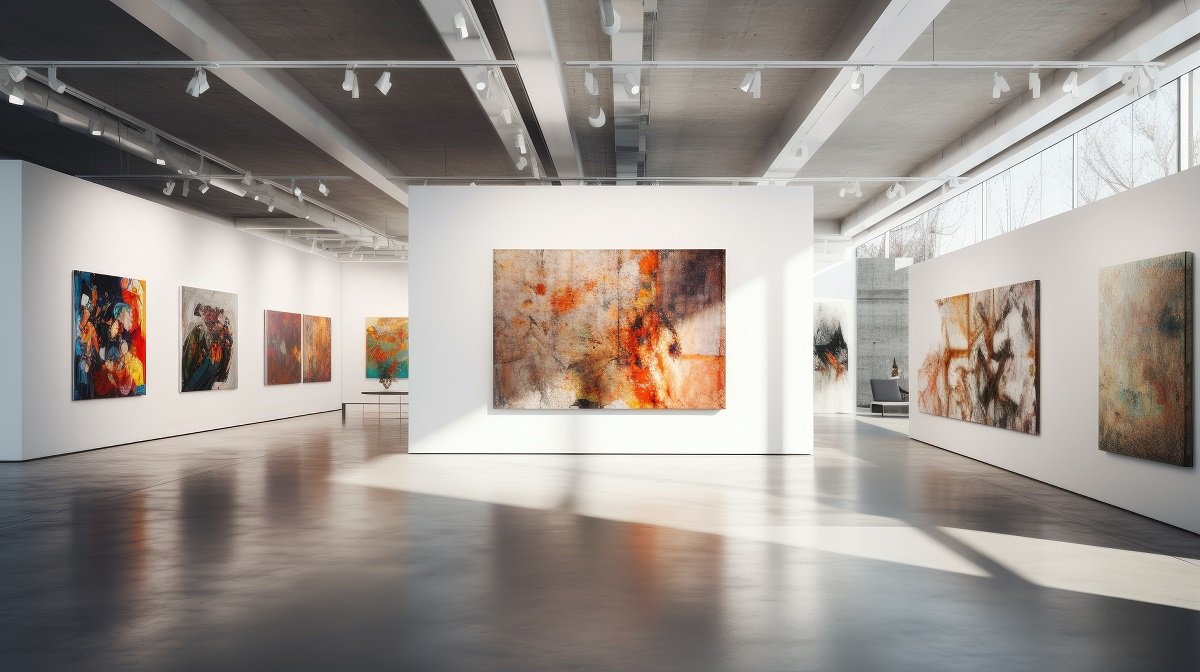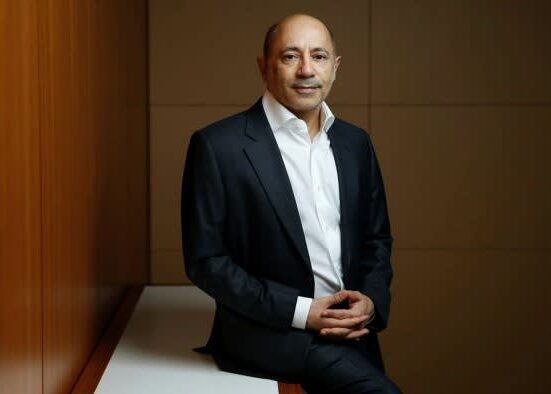A common feature of many offshore structures for international families has always been using trusts as a vehicle for holding art and luxury assets. Trust-owned assets might include paintings, sculptures, boats, planes, cars, wine, whiskey, jewellery and any other luxury “collectable”.
Following a bumper 2022 in art sales (Christie’s 2022 art sales figures reached $8.4bn, with Sotheby’s art sales figures reaching $6.8bn) and a global luxury asset market now worth a reported $1.4tn, holding art and luxury assets is potentially a high value, and high stakes, investment decision for trustees.
Having advised many offshore trustees in relation to art and luxury asset holding structures, we have set out below a few common issues, traps and UK tax aspects to consider.
1. UK inheritance tax: location, location, location
Many offshore trusts are excluded property trusts, and as a result are outside the scope of UK inheritance tax. By way of reminder, an excluded property trust must be (a) settled by a person who is neither domiciled nor deemed domiciled in the UK, and (b) hold non-UK situs assets only (there are slightly different rules for UK residential property). A particular trap in relation to directly held art and other assets is keeping track of the location of each item, and ensuring that items are not located in the UK, whether hanging on a wall, parked in a drive, in storage, or in a beneficiary’s home. The UK inheritance tax consequences of accidentally (directly) holding luxury assets in the UK on a ten year anniversary date or when a settlor, who is also a beneficiary, dies can be significant.
A typical solution to the inheritance tax risk of holding art and other luxury items in the UK is to hold those assets through a non-UK trust-owned holding company, but that can bring its own risks.
2. Holding companies: the danger of UK management and control
For the inheritance tax reasons explained above, a common solution for assets to be stored, hung or used in the UK is to hold those items through a non-UK holding company.
While a good answer to the UK inheritance tax issue, using a non-UK holding company brings its own tax issues.
The reality of many structures is that the art, jewellery and other luxury items are in the UK because they are being enjoyed by a UK resident beneficiary. It is easy, and an issue we have seen taken up by HMRC in practice, for the beneficiary physically using and enjoying the assets (who has often been involved in collecting and choosing the assets) to be heavily involved in making decisions about those assets concerning storage, sales, insurance etc. The risk of slipping into decision making “on the ground” in the UK (as opposed to key decisions being made by the non-UK directors offshore) is that the non-UK holding company may be treated by HMRC as being centrally managed and controlled in the UK, exposing the company to UK corporation tax on all income and gains.
A practical solution that we have helped with is to introduce a “decision making protocol” which sets out clear processes on all key decisions connected with the luxury asset to ensure that the holding company is genuinely managed outside the UK, and any UK resident user of the art or other assets owned by the company is aware of key decisions which must be taken by the non-UK directors.
3. UK Beneficiaries: enjoying art and other assets in the UK
Art on the wall? Supercar in the climate-controlled garage? Use of most trust-owned luxury assets in the UK by a UK beneficiary is likely to be taxable and the benefit must be reported on the beneficiary’s UK tax return. Care should be taken to have usage / enjoyment professionally valued and trustees should seek confirmation from beneficiaries and / or family offices that the benefit from enjoying luxury assets in the UK has been correctly reported.
4. Art and luxury assets as an investment: risks, winners and losers
Notwithstanding the record-breaking prices that have been achieved in recent years in the art world, art and luxury assets remain an uncertain investment.
Assets hanging on a beneficiary’s wall or sitting in storage are typically not generating any income. In terms of capital returns, there are big winners (think of recent sales like Cézanne’s La Montagne Sainte-Victoire which sold for $137.8mn or the Gustav Klimt painting, Birch Forest, selling for $104.6mn), but artists or classes of assets (like some antique furniture) can fall out of fashion as lifestyles and tastes change.
To deal with the lack of return, some trustees may wish to consider using trust-owned assets / collections as security for luxury asset financing to unlock liquidity, and in reviewing this option, trustees should look carefully at whether they have the necessary powers to use trust assets as security in this way (see out article here on the options available).
How can trustees balance their investment duties, and duty to diversify, with the desire to hold art and other asset collections in a trust structure, particularly if that structure is a stand-alone trust designed to hold art / luxury assets only?
There are no easy answers, but solutions might include using specific drafting to allow trustees to invest in art and other similar assets notwithstanding the potential lack of return, and to allow investments without a duty to diversify, combined with the trustees taking detailed advice from an art expert in their decisions to purchase or sell.
Other solutions for settlors who are themselves active art collectors can be to reserve investment powers to the settlor and include a procedure for settlor-collectors to give the trustee investment directions instructing key purchases.
5. Next gen: a new relationship with the art or luxury asset collection?
It is clear that millennials and next generation buyers are interested in art: both Sotheby’s and Christie’s reported millennials / buyers under 40 as making up almost 40 per cent of purchasers, and over 40 per cent of bidders in 2022 were new to art purchasing.
That said, the collections held in trust structures may be specific to the settlor, or his / her generation, and may not resonate in the same way with next generation beneficiaries.
Linked to the issue of exercising investment decisions, these differences in opinion and emotional attachment to non-income generating assets can leave trustees in a difficult position as they try to manage the different (potentially conflicting) interests of beneficiaries.
While there is no “one size fits all” answer, as ever, trustee-beneficiary communication remains key to avoiding an art or luxury asset collection becoming a “sacred cow” which divides the family.
6. Practical points: buying and selling, provenance, contracts and insurance
Another series of articles (see here) gives practical points for trustees in engaging in the art world.
Summary: take advice on all aspects of high value purchases and sales.
This publication is a general summary of the law. It should not replace legal advice tailored to your specific circumstances.
© Farrer & Co LLP, January 2024
About the authors








